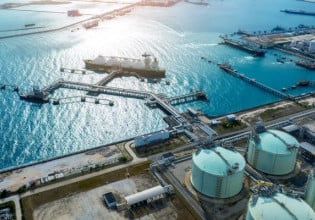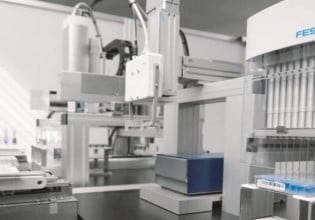T
I am an operator of GE 9E gas turbine and want to know why the temperature reference ttrxb while starting the unit and after synch is constant about 610 c? Related to thermodynamic relations it shouldn't be constant while firing temperature changes? and after transferring to temp control it decreases gradually until it equals ttxm. what are the parameters affecting ttrxb before reaching temp control and after that??






